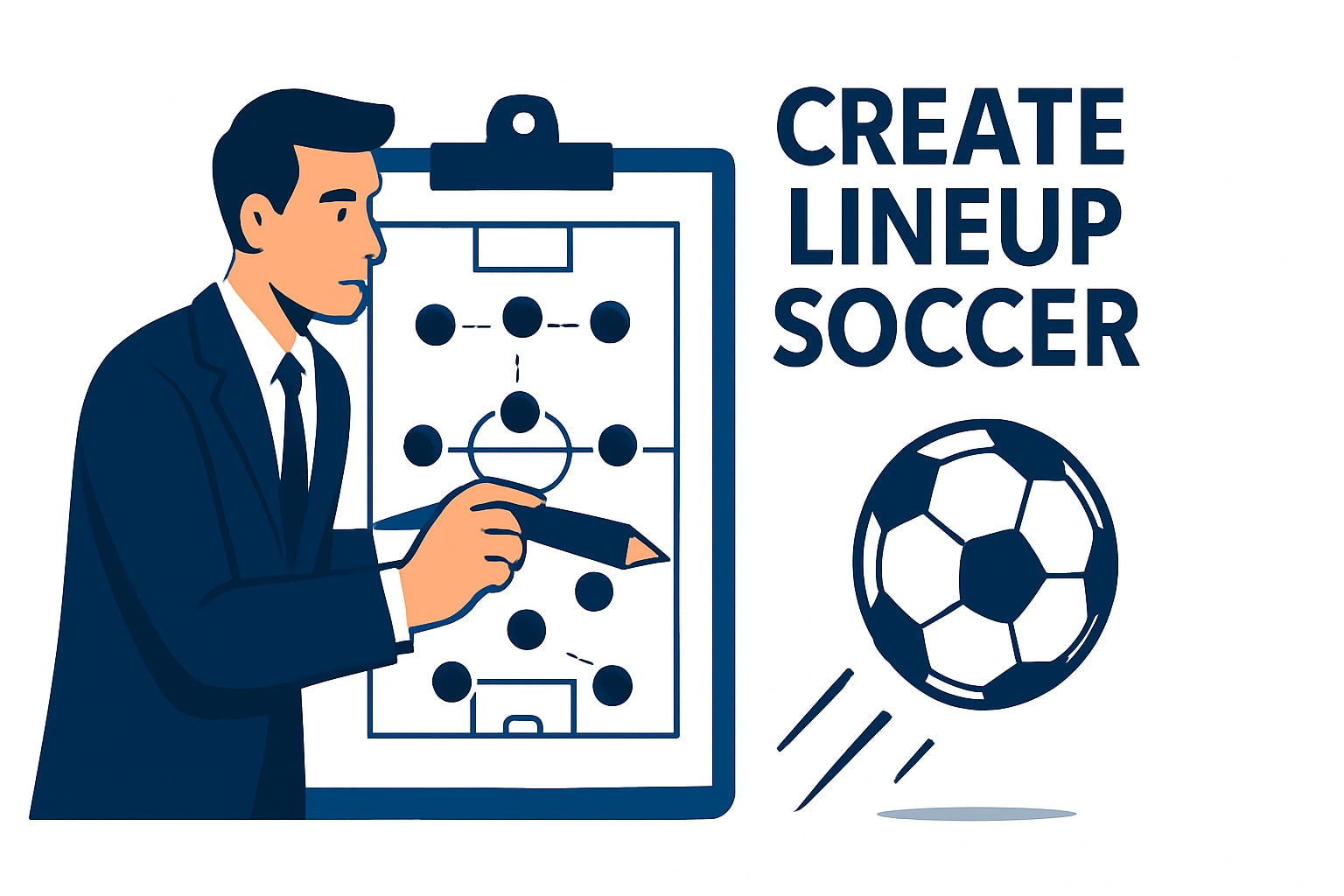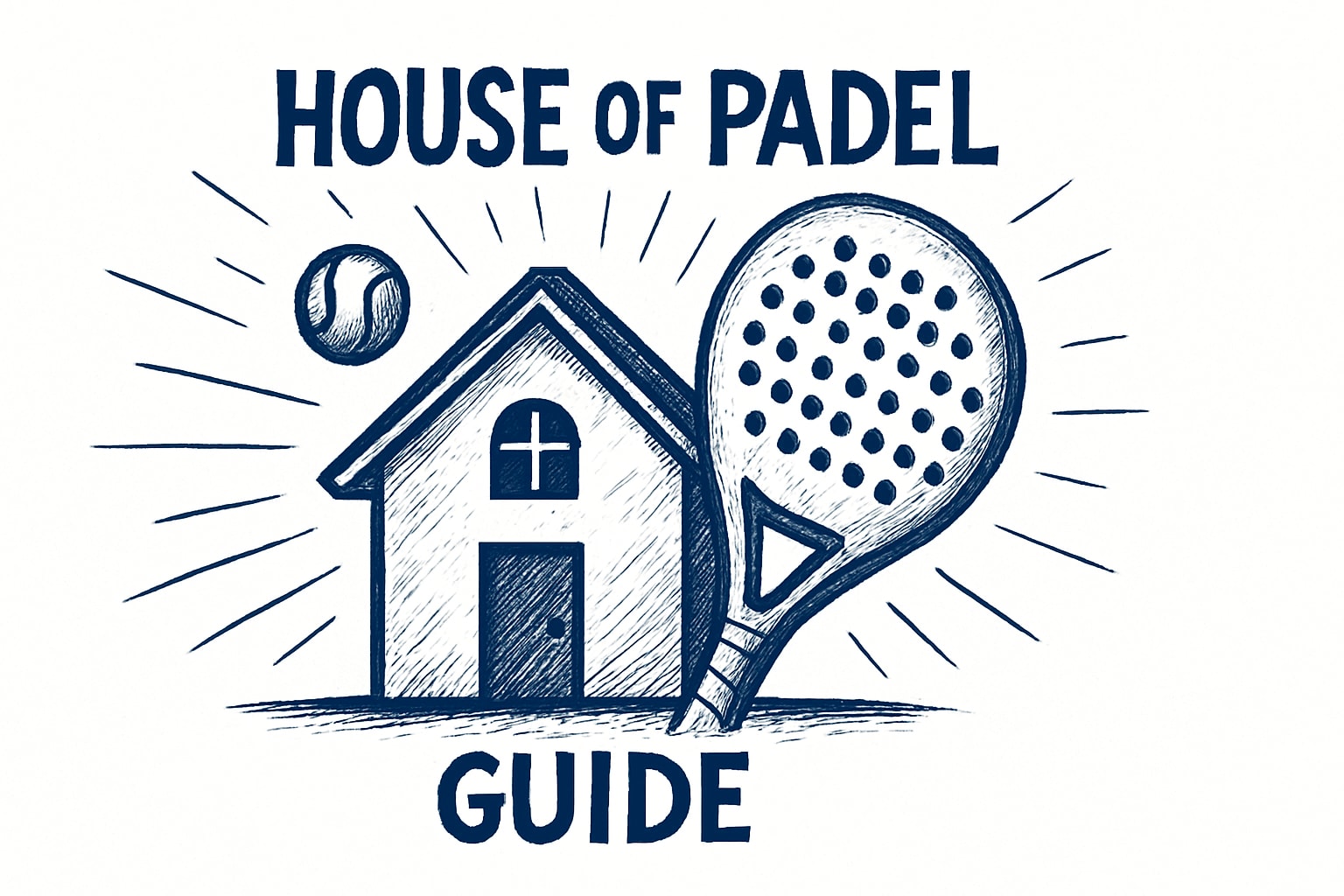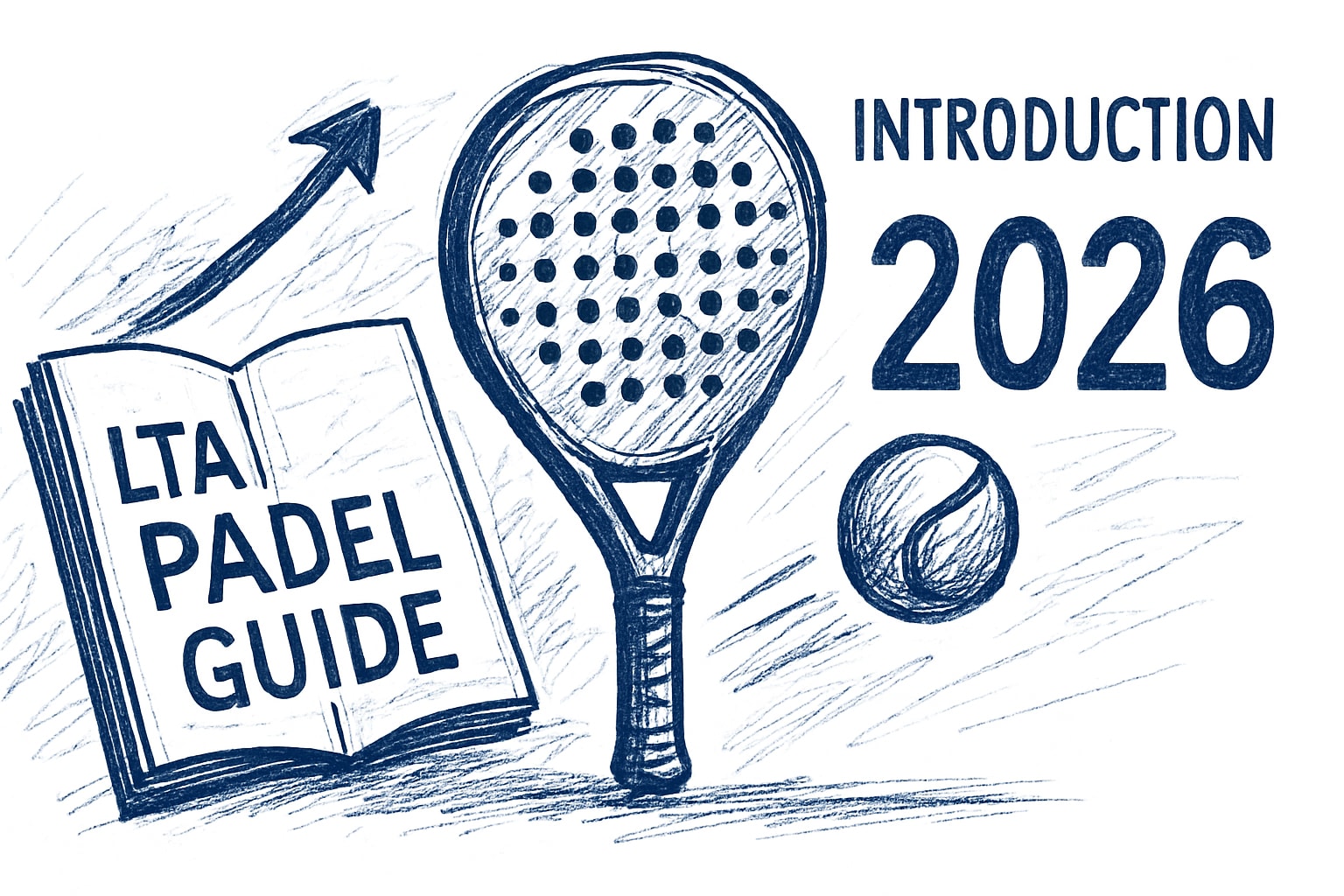Télécharger Poteau
Position Numbers in Soccer 9v9
The 9v9 soccer format bridges the gap between small-sided and full-sided games, offering young players a chance to develop skills in a structured environment. Whether in a competitive league or a casual pick up soccer game, understanding position numbers is essential in this format as it helps organize the team, clarify roles, and enhance strategic gameplay.
Each number corresponds to a specific position on the field, answering the question of how many players on a soccer field and fostering better communication, tactical awareness, and teamwork. Understanding these details, along with 15 facts about soccer, makes it a vital tool for player development and success.
Overview of position numbers in soccer 9v9
Goalkeeper (1)
The goalkeeper is the last line of defense and plays a critical role in protecting the goal. Their primary responsibilities include stopping shots, organizing the defense, and starting plays from the back with accurate throws or kicks. In the 9v9 format, goalkeepers often have to be proactive, covering a smaller field but handling more direct challenges due to fewer defenders.
Defenders (2, 3, 4)
Defenders are key to maintaining a strong backline in 9v9 soccer:
center-back (4): Anchors the defense by marking attackers, intercepting passes, and clearing the ball.
full-backs (2, 3): Positioned on the left and right, they guard the flanks, prevent crosses, and support offensive plays by moving forward when needed.
Defenders must communicate effectively to ensure the defensive structure remains intact while providing coverage for each other.
Midfielders (5, 6, 8)
Midfielders act as the link between defense and attack, balancing defensive duties with offensive support:
defensive midfielder (5): Protects the backline by breaking up opposition attacks and distributing the ball to teammates.
central midfielder (6): Orchestrates play by controlling the tempo and connecting passes across the field.
attacking midfielder (8): Focuses on creating scoring opportunities by driving the ball forward and setting up the forwards.
Midfielders in 9v9 must be versatile, covering more ground and adapting to both defensive and offensive roles.
Forwards (7, 9, 10)
Forwards are the primary goal-scorers and creators in the attacking phase:
striker (9): Positioned centrally, their main role is to score goals and challenge the defense.
wingers (7, 10): Positioned on the left and right, they provide width, deliver crosses, and create chances by cutting into the box.
In 9v9, forwards are crucial for applying pressure on the opposition defense and capitalizing on scoring opportunities.
Position numbers in soccer 9v9: key responsibilities by position
In 9v9 soccer, each position has key responsibilities that contribute to the team’s success. Defensive roles focus on maintaining a strong backline, marking opponents, and preventing goals. Midfielders act as the team’s engine, linking defense and attack while controlling the tempo of the game.
Forwards are responsible for executing attacking strategies, creating chances, and finishing opportunities to score goals. And if you’re looking to add some humor to your next match, a clever soccer pick-up line might be just the icebreaker to lighten the mood on or off the field. These distinct roles work together to ensure balance and effectiveness across the field.
Common formations in 9v9 soccer
In 9v9 soccer, common formations provide structure and strategic flexibility to suit a team’s strengths and style of play:
3-3-2 formation: Balances defense and attack by using three defenders, three midfielders, and two forwards. It provides a solid defensive base while maintaining a midfield presence to support both ends of the field.
4-3-1 formation: Focused on defensive stability, this setup includes four defenders, three midfielders, and one forward. It is ideal for teams prioritizing a strong backline while relying on midfielders to create chances and support the lone striker.
3-2-3 formation: Maximizes width and offensive opportunities by deploying three defenders, two midfielders, and three forwards. It works well for teams looking to dominate the wings and apply constant pressure on the opposition’s defense.
These formations offer tactical variety, allowing coaches to adapt based on their team’s strengths and the demands of the game.
Tips for coaches and players for position numbers in soccer 9v9
Coaches and players can enhance their performance in 9v9 soccer by implementing the following strategies:
assign positions based on strengths: Place players in roles that align with their skills and attributes, allowing them to contribute effectively to the team.
rotate positions for development: Encourage players to experience different roles to build versatility and a deeper understanding of the game.
emphasize teamwork: Foster communication and ensure players understand their responsibilities within the team, promoting a cohesive dynamic.
These approaches help teams build adaptability, individual growth, and collective success.





